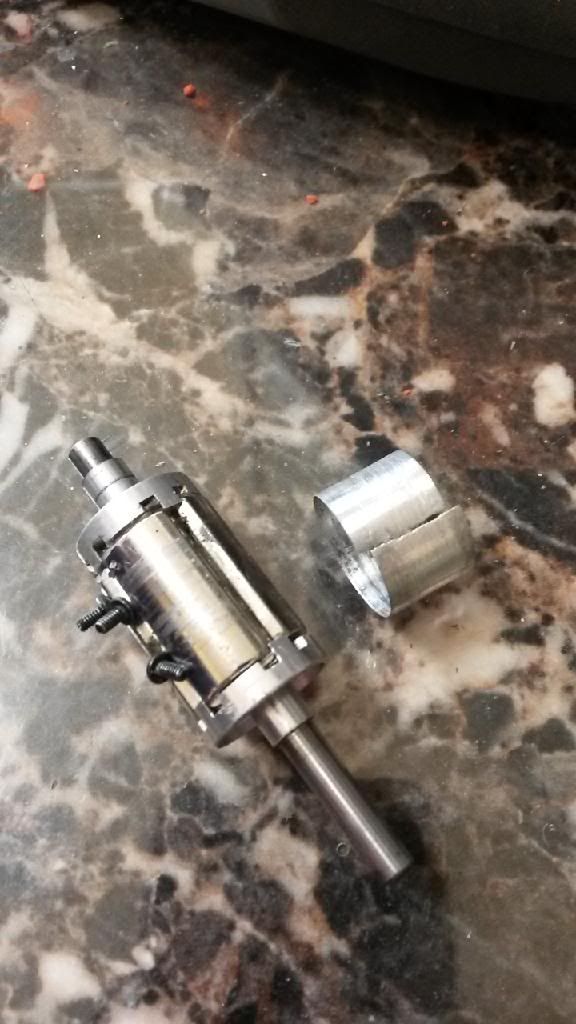***disclaimer*** this better not turn into an argument
First off, I'm not sure what the big deal is about running 40k rpm on a regular basis. I see people on here just
Get bent of of shape about it. Make remarks about it.....but I've yet to see some damage or proof that doing this is no good. I can understand if you using some El cheapo motors, yea, the rotor is going to come apart. But what about higher quality motors? I've never had a castle motor come apart. I had a reedy (cheap line of their motors) come apart. I was spinning it about 50k rpm. It was rated to run on 3s and that's what I was doing. Took it so art and saw why it came apart. Cheaply built.
I want to hear/see some proof that running a motor at 40k rpm that's rated for a make of 60k rpm has blown up. I've seen people say that a boat is different that a land vehicle because it's direct drive. Well it is and it isnt. It's direct drive to a prop but a prop will always have some slip. Yes I understand a prop has more drag on it that a land vehicles drive line, but if you don't over prop it, what's the issue? Over propping it isn't going to cause the rotor to come apart from high rpm, is it? I would think no. I'd think it would be a different type of load on the motor. One that heats it up and over taxes it and the esc.
My whole point is I'm tired of the scoffing, comments and negative things being said about running this rpm range. Come on people, this isn't the 90's anymore. Things have improved alot. Come a long way. Let's shed some light on this. I'd like to see some proof why you can't do it.
First off, I'm not sure what the big deal is about running 40k rpm on a regular basis. I see people on here just
Get bent of of shape about it. Make remarks about it.....but I've yet to see some damage or proof that doing this is no good. I can understand if you using some El cheapo motors, yea, the rotor is going to come apart. But what about higher quality motors? I've never had a castle motor come apart. I had a reedy (cheap line of their motors) come apart. I was spinning it about 50k rpm. It was rated to run on 3s and that's what I was doing. Took it so art and saw why it came apart. Cheaply built.
I want to hear/see some proof that running a motor at 40k rpm that's rated for a make of 60k rpm has blown up. I've seen people say that a boat is different that a land vehicle because it's direct drive. Well it is and it isnt. It's direct drive to a prop but a prop will always have some slip. Yes I understand a prop has more drag on it that a land vehicles drive line, but if you don't over prop it, what's the issue? Over propping it isn't going to cause the rotor to come apart from high rpm, is it? I would think no. I'd think it would be a different type of load on the motor. One that heats it up and over taxes it and the esc.
My whole point is I'm tired of the scoffing, comments and negative things being said about running this rpm range. Come on people, this isn't the 90's anymore. Things have improved alot. Come a long way. Let's shed some light on this. I'd like to see some proof why you can't do it.







Comment